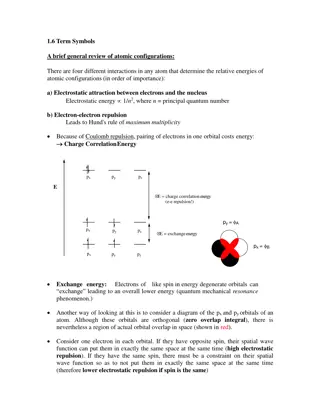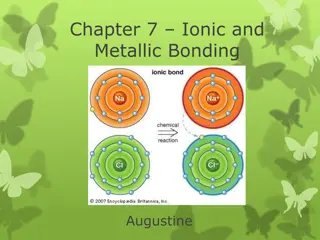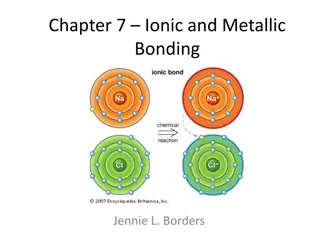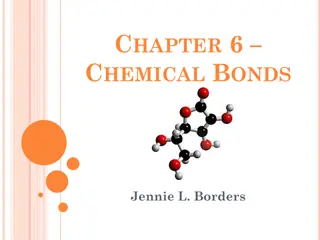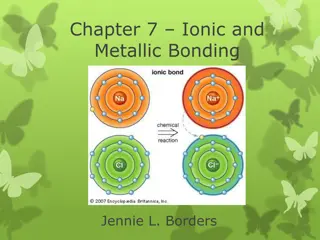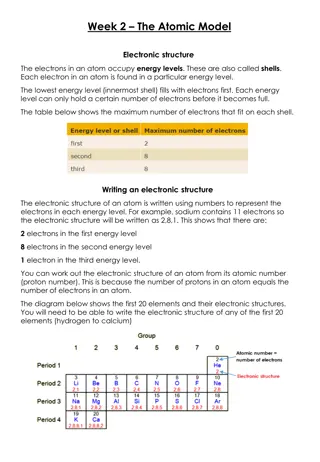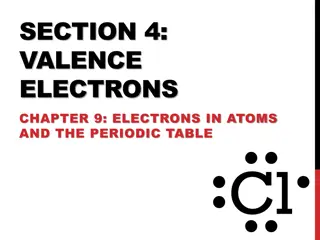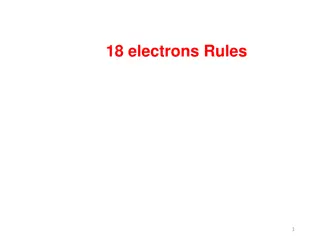
Understanding Electron Configurations and Orbital Diagrams
Explore electron configurations, orbital diagrams, and the principles behind stable orbitals in chemistry. Learn to interpret orbital diagrams for elements like Fluorine, discover the electron configurations of Silicon and Protactinium, and understand the significance of full and half-filled sublevels in creating stable orbitals. Dive into the world of electron configurations with clear examples and explanations.
Download Presentation

Please find below an Image/Link to download the presentation.
The content on the website is provided AS IS for your information and personal use only. It may not be sold, licensed, or shared on other websites without obtaining consent from the author. If you encounter any issues during the download, it is possible that the publisher has removed the file from their server.
You are allowed to download the files provided on this website for personal or commercial use, subject to the condition that they are used lawfully. All files are the property of their respective owners.
The content on the website is provided AS IS for your information and personal use only. It may not be sold, licensed, or shared on other websites without obtaining consent from the author.
E N D
Presentation Transcript
Electron configurations are written in one line Arrows in orbital diagrams become exponents Draw the orbital diagram for Fluorine Orbital Diagram 2p 2s Electron configuration 1s 1s22s22p5
1s22s22p5 Energy level sublevelNumber of e-
Counting up all superscripts (exponents) would tell you the total amount of electrons Using this we can determine the element
Electron Configurations 1s2 1s22s2 1s22s22p63s2 1s22s22p63s23p64s2 1s22s22p63s23p64s23d10 4p65s2 1s22s22p63s23p64s23d10 4p65s24d105p66s2 2e- 4e- 12e- 20e- 7s 7p 7d 7f 6s 6p 6d 6f 5s 5p 5d 5f 4s 4p 4d 4f 3s 3p 3d 38e- 2s 2p 1s 56e-
Example: Oxygen 16O 7s 7p 7d 7f 8 1s2 2 electrons 4 electrons Total 8 electrons Stop once the # e- = the atomic number Last sublevel doesn t have to be completely filled 2s22p4 6s 6p 6d 6f 8 electrons 5s 5p 5d 5f 4s 4p 4d 4f 3s 3p 3d 2s 2p 1s
Use your periodic tables to find the atomic numbers and the electron configurations of the following elements: Silicon Protactinium
Silicon 1s22s22p63s23p2 Protactinium 1s22s22p63s23p64s23d10 4p65s24d105p66s24f14 5d106p67s25f3
In some cases orbitals are more stable, if they have: Full sublevels: s2, p6, d10 and f14 Half-Full sublevels: s1, p3, d5 and f7 If an element is close to ending with a full or half filled orbital it will steal an e- from the nearest s orbital
Write the e- configuration for Cr Expect: 1s22s22p63s23p64s23d4 Actual e- configuration: 1s22s22p63s23p64s13d5 This gives us two half-filled orbitals a happier Cr
Write the e- configuration for Cu Expect: 1s22s22p63s23p64s23d9 Actual e- configuration: 1s22s22p63s23p64s13d10 This gives us one half-filled orbital and one filled orbital a happier Cu
Stealers End in d4 or d9 Column 6 or 11 in PT Cr or Cu column Will steal an e- from closest s orbital to be more stable



